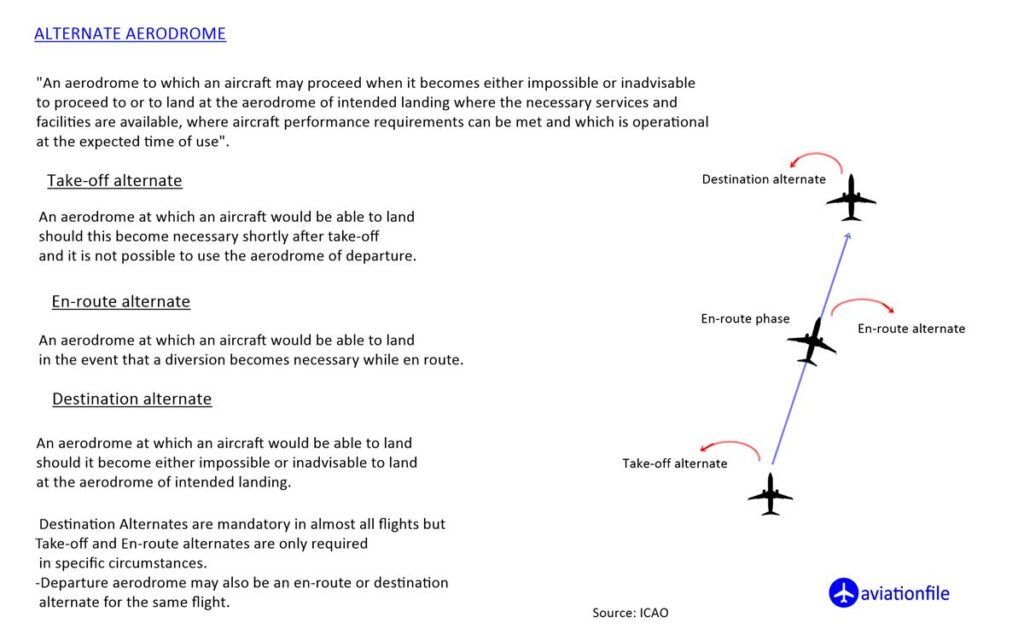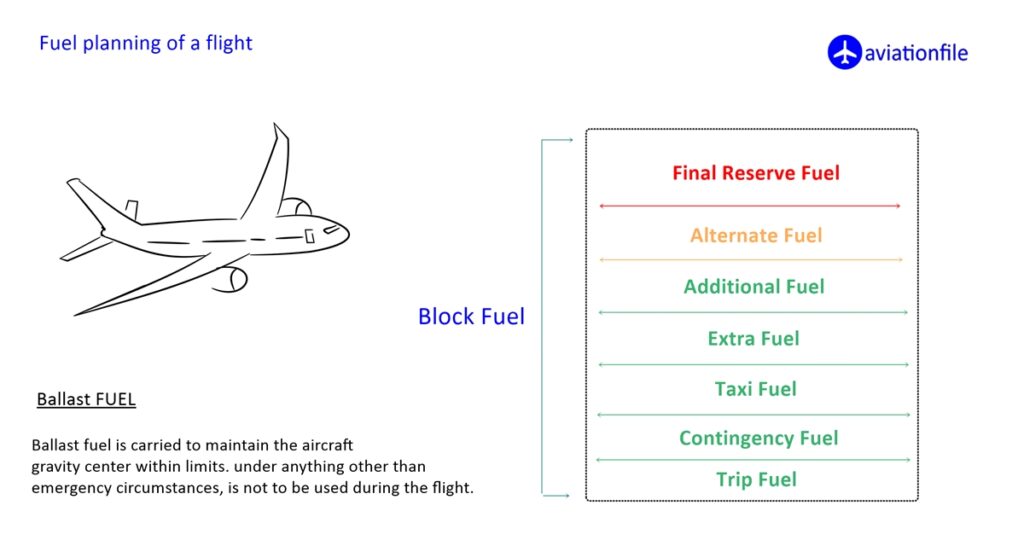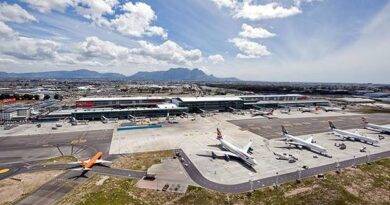What is Contingency Fuel? Its Importance and Calculation Methods
Contingency fuel plays a crucial role in aviation, ensuring safety and efficiency during flights. It is a specific reserve of fuel that airlines include in their flight planning to account for unexpected circumstances. These situations can range from air traffic control delays, adverse weather conditions, holding patterns, to deviations from the planned route. Understanding the concept of contingency fuel, its importance, and how it is calculated is essential for efficient flight operations.
Importance of Contingency Fuel
Contingency fuel acts as a safety buffer. It provides pilots the flexibility to handle unforeseen circumstances without compromising the safety of the flight. Without this extra fuel, flights may be forced to divert to alternate airports or, worse, encounter emergency situations.
- Unpredictable Weather: Weather conditions can change rapidly. Strong headwinds, storms, or turbulence may force pilots to adjust their speed or altitude, increasing fuel consumption.
- Air Traffic Delays: Congestion at airports or along the flight path can cause holding patterns or reroutes, consuming more fuel than anticipated.
- Navigational Adjustments: Pilots might need to deviate from the planned route due to restricted airspace or other unforeseen circumstances.
Without contingency fuel, these situations could lead to mid-flight fuel shortages, causing operational and safety risks. Proper calculation ensures that the aircraft remains airborne safely even under unexpected delays.

How Contingency Fuel is Calculated
The calculation of contingency fuel is based on regulatory guidelines, operational experience, and specific flight conditions. It is typically a percentage of the trip fuel, which is the amount of fuel required to fly from the departure airport to the destination under normal circumstances. Different aviation authorities, such as the European Union Aviation Safety Agency (EASA) and the Federal Aviation Administration (FAA), provide standards for calculating contingency fuel.

1. Percentage Method
This is the most common method for calculating contingency fuel. Typically, it is set at 5% of the planned trip fuel. This value can vary based on operational agreements, but 5% is widely accepted as the industry standard.
Example:
If the planned trip fuel is 10,000 kg, the contingency fuel would be:
Contingency fuel = 5% of 10,000 kg = 500 kg.
2. Fixed Amount Method
In some cases, airlines may opt for a fixed contingency fuel. This method can be applied when the trip fuel is minimal or when specific regulations allow a fixed quantity instead of a percentage. The amount is determined by historical data and operational factors specific to the route and type of aircraft.
Example:
An airline might decide on a fixed contingency fuel of 300 kg for a particular short-haul route, based on past experience and predictable conditions.
3. Statistical Method (Advanced Calculation)
This method uses historical flight data to calculate a more precise fuel reserve based on typical variations in fuel consumption. By analyzing deviations from past flights on the same route, airlines can fine-tune the contingency fuel requirement. This approach is becoming increasingly popular with the rise of data analytics in aviation.
4. Enroute Alternate Method (ERA)
This approach considers the fuel needed to divert to an enroute alternate airport if required. The contingency fuel is calculated to ensure that the aircraft can reach an alternate destination safely in case the planned route cannot be followed.
Example:
If there is a known risk of weather impacting the route, the airline may calculate contingency fuel based on the need to divert to an alternate airport 300 nautical miles away.
Regulatory Compliance and Optimization
Aviation authorities set specific rules for contingency fuel to ensure global safety standards. Compliance with these guidelines is non-negotiable. However, optimizing contingency fuel calculation is equally important to avoid excessive fuel loading, which increases operational costs and carbon emissions.
- Overestimating Contingency Fuel: Leads to unnecessary fuel weight, increasing fuel burn and reducing efficiency.
- Underestimating Contingency Fuel: Increases risk and may lead to emergency landings or operational disruptions.
Balancing safety with operational efficiency is key. Airlines often use sophisticated software tools that integrate real-time weather data, air traffic conditions, and historical flight performance to optimize fuel planning.

Conclusion
Contingency fuel is a vital component of flight planning, ensuring safety during unexpected situations. Its importance cannot be overstated, as it provides the flexibility to manage air traffic delays, weather changes, and route deviations. By using regulatory guidelines and advanced methods such as statistical and enroute alternate calculations, airlines can optimize fuel use without compromising safety. In a rapidly evolving aviation industry, proper contingency fuel management is essential for both cost efficiency and environmental sustainability.


